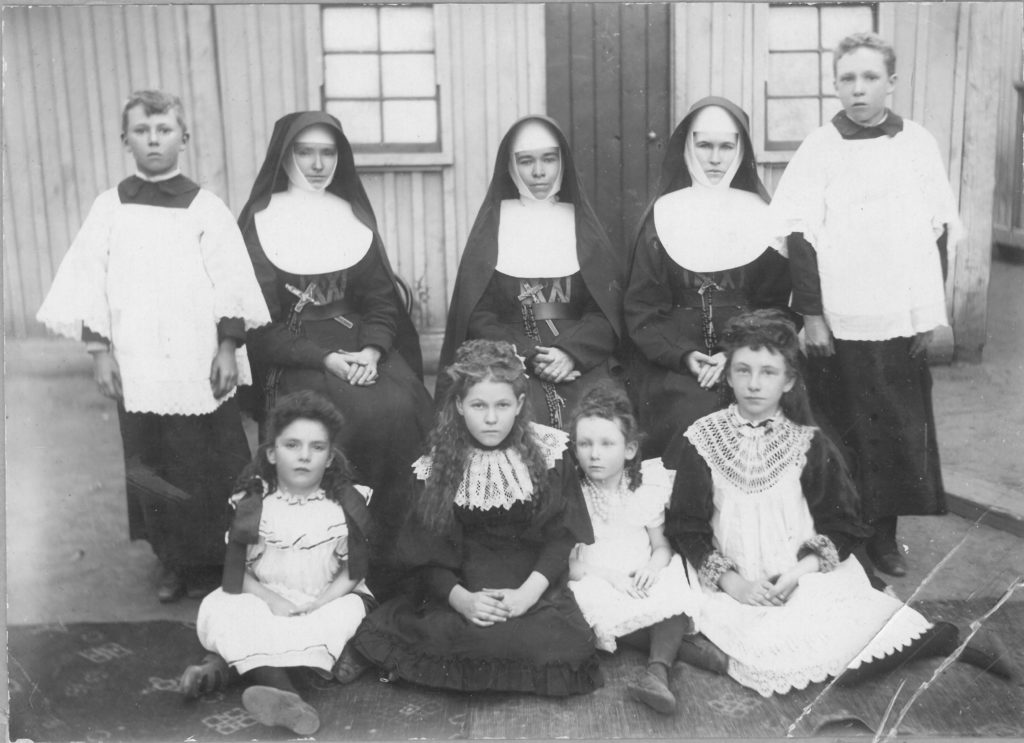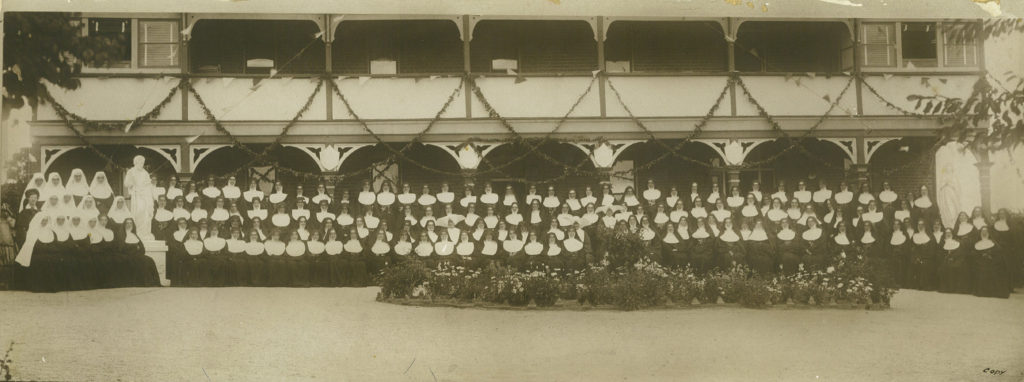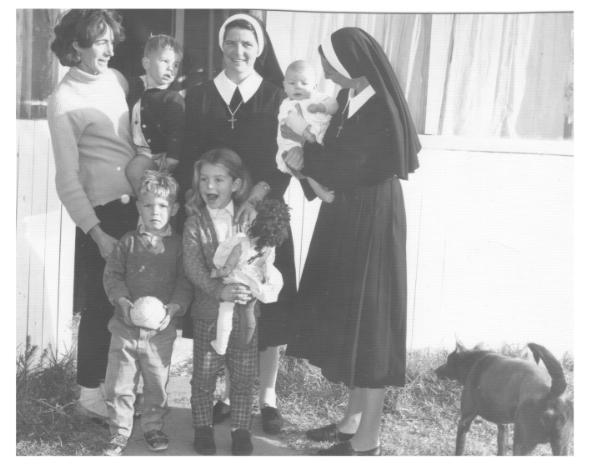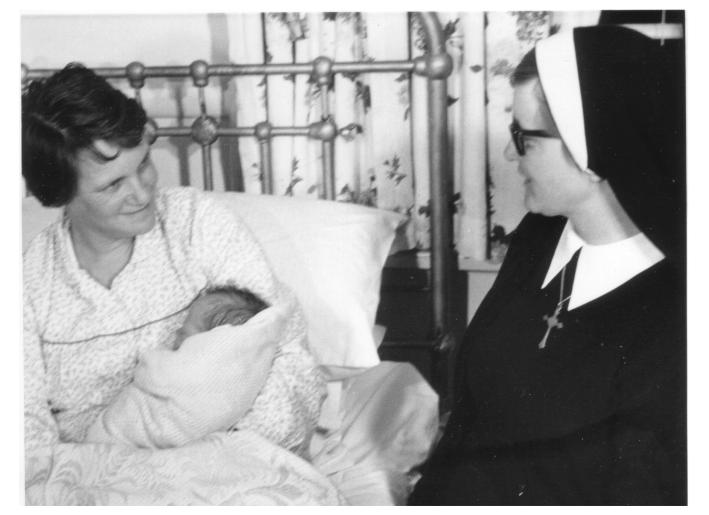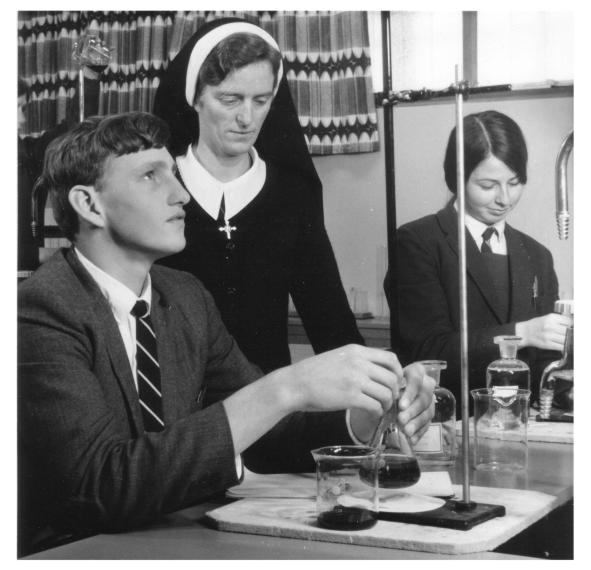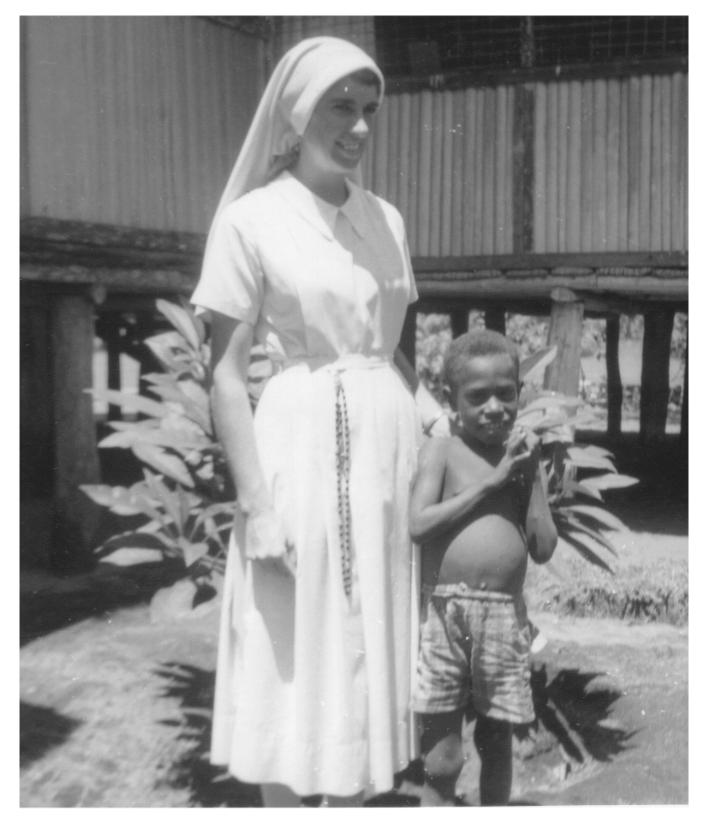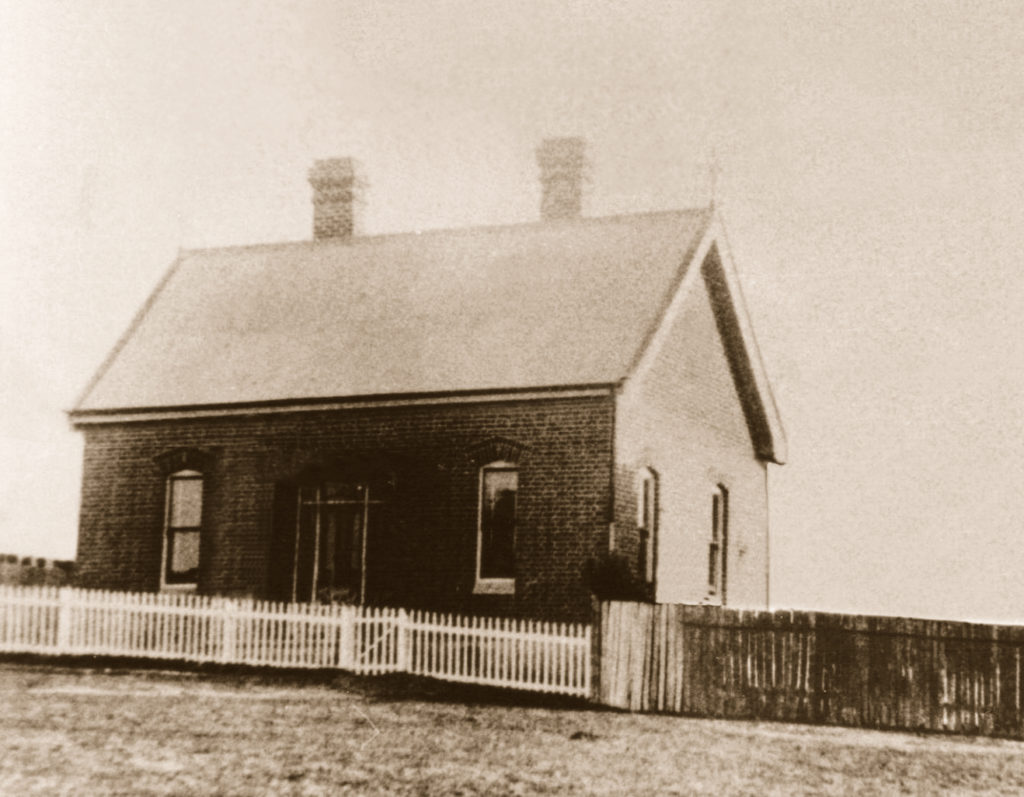World Day Against Trafficking in Persons 2019
July 30, 2019Migrant Workers and Labour Hire Firms.
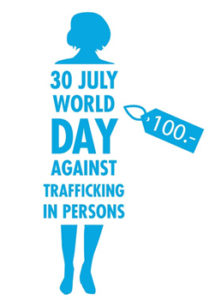 Migrant workers are vital to our meat processing workforce in Australia, helping to ensure affordable cost and convenience for us as we pick up our meats from supermarkets and butchers. In 2017 the AMIEU uncovered a culture of bullying, intimidation and harassment by labour hire firms in the Tamworth area. Migrant workers were forced to stay in specific vermin infested accommodation with 15-20 people in each house. Guaranteed employment included a non-refundable $500 bond to the labour hire agent. Anybody who dared to complain would be blackballed and not rostered to work. Women were also sexually harassed.
Migrant workers are vital to our meat processing workforce in Australia, helping to ensure affordable cost and convenience for us as we pick up our meats from supermarkets and butchers. In 2017 the AMIEU uncovered a culture of bullying, intimidation and harassment by labour hire firms in the Tamworth area. Migrant workers were forced to stay in specific vermin infested accommodation with 15-20 people in each house. Guaranteed employment included a non-refundable $500 bond to the labour hire agent. Anybody who dared to complain would be blackballed and not rostered to work. Women were also sexually harassed.
We, as consumers, have the right to challenge our grocery food outlets to know if their supply chain in the meats, produce, dairy and seafood are slavery free.
On 30 July, World Day Against Trafficking in Persons, let us pray for children, women and men who are working in slave-like situations, so that they are:
Margaret Ng rsj
Find out more about ‘World Day Against Trafficking in Persons’ on the United Nations website
Approval of Josephite Federation 1967
July 28, 2019Journey of the Josephite Federation.

The approval of the Josephite Federation came in the form of a Decree of Establishment from the Sacred Congregation of Religious given in Rome on 28 July 1967, in response to the request made by the Congregations of the Sisters of Saint Joseph situated in Perthville, Diocese of Bathurst; Goulburn, Archdiocese of Canberra and Goulburn; Lochinvar, Diocese of Maitland; New Town, Archdiocese of Hobart and Whanganui, Archdiocese of Wellington for the establishment of a Federation.
The establishment of the Josephite Federation was a long and at times frustrating journey of fifty years. To understand this journey, it is necessary to know something of the history of the Diocesan Josephite Institutes. They had been recognised by the 1888 Decree of Propaganda as distinct from the Sisters of Saint Joseph of the Sacred Heart. It had stated that those Diocesan Institutes which shall be distinct from the regular congregation, shall make some change in the habit and the rule and shall be approved by their respective bishops. Though originating from the same founders, Fr Julian Tenison Woods and Saint Mary MacKillop and sharing the same charism, they were different in their governing structures, being dependent on the various Ordinaries.
From the foundation at Perthville in 1872, numbers of young Sisters moved to distant places: to Whanganui (1880), Goulburn (1882), Lochinvar (1883) and Tasmania (1887). Having no on-going contact with each other (except through letters), they became isolated both by distance and commitment to their diocesan ministries.
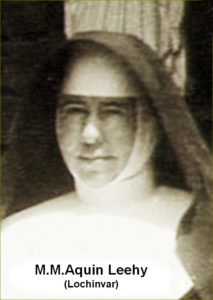 The question of amalgamation was raised intermittently over the years. In the 1920s, on two occasions, Cardinal Cerretti, the Apostolic Delegate to Australia and New Zealand spoke of some kind of union without kindling any interest among the Sisters. The Archbishop of Wellington suggested that the Whanganui Sisters renew acquaintance with the original foundation with a view to amalgamation.
The question of amalgamation was raised intermittently over the years. In the 1920s, on two occasions, Cardinal Cerretti, the Apostolic Delegate to Australia and New Zealand spoke of some kind of union without kindling any interest among the Sisters. The Archbishop of Wellington suggested that the Whanganui Sisters renew acquaintance with the original foundation with a view to amalgamation.
In the 1930s, Mother Aquin of Lochinvar wrote, with the support of Mother Benedict Seymour of Goulburn, to the major superiors regarding union. With her letter she included a detailed plan of how such a union might work.
She wrote:
Doubtless each Community feels that it is doing what, with God’s help, it can in its own Diocese but should we be satisfied to stay at that and not aim at a united strength and solidarity which should fit the Institute in the future to do so much more ably the work for which it was founded and to secure its integrity for the time to come? Yet the years are slipping away and the gaps are necessarily widening…..
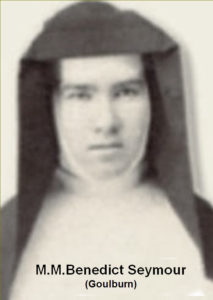 Much to the disappointment of Mothers Aquin and Benedict, the plan was dismissed by the other Diocesan Institutes (mostly because they lacked the support of their Bishops) and union became a closed subject. Subsequently, the Goulburn and Lochinvar congregations applied for and received, in 1962 and 1963 respectively, final approbation as Pontifical rather than Diocesan Institutes.
Much to the disappointment of Mothers Aquin and Benedict, the plan was dismissed by the other Diocesan Institutes (mostly because they lacked the support of their Bishops) and union became a closed subject. Subsequently, the Goulburn and Lochinvar congregations applied for and received, in 1962 and 1963 respectively, final approbation as Pontifical rather than Diocesan Institutes.
In the 1950s, Pope Pius X11 provided the impetus to revisit the issue of union. His Apostolic Constitution Sponsa Christi and the congress of international major superiors, had urged congregations of women religious to update their customs and to move towards unions or federations. The major superiors of the Diocesan Josephite Institutes responded to this directive and met several times to discuss matters of common interest including the possibility of some form of amalgamation.
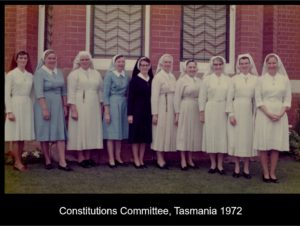 In 1964, Mother Adrian from New Zealand wrote seeking discussion and with the advent of a new Bishop in the Bathurst Diocese the way forward was emerging. With the publication of Perfectæ Caritatis, the Second Vatican Council’s decree on religious life, the case for some kind of union was mounting. In 1965 the five Diocesan Josephite leaders met together at Perthville for the first time since their meeting in 1928 at the Eucharistic Congress. The defining meeting was held on 11 September 1965, at the Goulburn Sisters’ house in Neutral Bay when sixteen Sisters representing the five Diocesan Institutes made the decision to form a Federation. Interim office bearers were elected, Statutes were drawn up and the request to establish the Federation was sent to Rome for approval.
In 1964, Mother Adrian from New Zealand wrote seeking discussion and with the advent of a new Bishop in the Bathurst Diocese the way forward was emerging. With the publication of Perfectæ Caritatis, the Second Vatican Council’s decree on religious life, the case for some kind of union was mounting. In 1965 the five Diocesan Josephite leaders met together at Perthville for the first time since their meeting in 1928 at the Eucharistic Congress. The defining meeting was held on 11 September 1965, at the Goulburn Sisters’ house in Neutral Bay when sixteen Sisters representing the five Diocesan Institutes made the decision to form a Federation. Interim office bearers were elected, Statutes were drawn up and the request to establish the Federation was sent to Rome for approval.
The much-longed for approval came in the form of a Decree of Establishment from the Sacred Congregation of Religious. The Sisters of the Diocesan Institutes rejoiced to read:
…. this same Sacred Congregation, solicitous for the spiritual and temporal welfare of the same Institutes, having maturely weighed everything that concerns the matter, approves and confirms the Federation with the title, Australian-New Zealand Federation of Sisters of Saint Joseph and likewise the proposed text of the Statutes, in a way, however, that each Congregation of the Federation included remains in its own present juridical state ….
After a long journey and many anxious moments, the Australian-New Zealand Federation of Sisters of Saint Joseph had become a reality. In the subsequent years Sisters from the five congregations of the Federation enjoyed decades of support, collaboration in ministry and above all, treasured friendships.
Maureen Salmon rsj
Source: Material drawn from The Federation Story compiled by Marie T Kelly rsj, 1997
Images provided by Sr Maureen Salmon. Used with permission.
2019 NATSICC Elder Award
July 23, 2019Modern Day ‘Samaritan’ Receives 2019 NATSICC Elder Award.
On 14 July 2019 Ms Brenda Lester was presented with a 2019 National Aboriginal Torres Strait Islander Catholic Council Awards (NATSICC) Elder Award at St Mark’s Cathedral in Port Pirie. The Sisters of St Joseph of the Centre West Region nominated Brenda for this award after having had the privilege of knowing her and her work in Amata for some years. Brenda Lester deserves this award for her lifelong and passionate commitment to her Aboriginal family and community in Amata on the Anangu Pitjantjatjara Yankunyjatjara (APY) Lands in South Australia.
Ms Jane Lester (Brenda’s sister) and Srs Marianne Zienstra and Kenise Neill travelled to Port Pirie to present the award. Brenda’s children Naomi, Rachel, Jessie, her son in law Dean and ‘grannies’, Clarabell, Kiki, Keeley, Jaywyn Johnny and Jayarni were very proud as they witnessed their Mother and Grandmother receive her award.
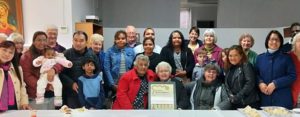
It was a lovely coincidence that the Samaritan Story was the reading on the day when Brenda received the award. Brenda is a remarkable woman who is the compassionate face of God to all and especially people who are vulnerable. Mothers and babies, the elderly, young families and supporting Aboriginal communities have been her focus over many years.
Brenda’s whole life demonstrates the lived reality of Ngapartji Ngapartji, meaning reciprocity and co-operation, and is described as ‘overflowing’ kindness in the Yankunytjatjara language and culture. Brenda’s kind, gentle and wise presence has been and is a gift for many people. Brenda has a passion for social justice and has a profound capacity to forgive even in the most tragic of circumstances. She is resolute in showing God’s merciful love.
Many Parishioners, Fr Jimmy Pantin and Ms Mary Bartlett (Covenant Josephite) made a huge effort to welcome Brenda, her family and the Sisters to Mark’s Cathedral Parish for the presentation and celebration. The gracious welcome, preparation of morning tea and the lovely connection parishioners made with Brenda and her family was a blessing for all present. Brenda and her sister, Jane, both said they were overwhelmed with the hospitality shown to them and the warm welcome was a positive experience for Brenda’s children and grandchildren.
Kenise Neill rsj
Perthville Foundation Day 1872
July 16, 2019Honouring the Perthville Story – Foundation Day, 16 July 1872.
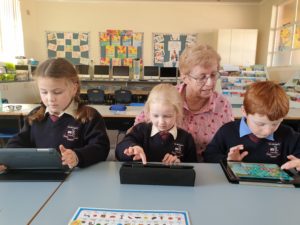
The most common name for a Catholic School in New South Wales (NSW) is St Joseph’s. Currently 77 (one in every eight), NSW Catholic schools bear the name of Joseph. The first St Joseph’s Catholic School in NSW was begun on 16 July 1872 in a church at The Vale (later re-named Perthville), a village near Bathurst. On this day a community of Sisters of Saint Joseph comprising Sisters Teresa MacDonald, Joseph Dwyer, Hyacinth Quinlan and the prospective postulant, Ada Braham started the first Josephite convent and school in NSW. They were waved off in Adelaide by both Fr Julian Woods and Mary MacKillop to extend the mission to poor and isolated families.
Fr Woods arrived at the Vale later in 1872. As well as instructing the sisters on aspects of the spiritual and religious life, he gave a retreat just prior to Christmas. It was not until May 1875 that Mother Mary MacKillop made her first visit to The Vale during which she gave the sisters a retreat. She returned in August to conduct another retreat for them. Fr Woods returned in 1877 and in subsequent years. He wrote the rule for the Bathurst Diocesan Sisters of Saint Joseph following their separation from the Adelaide Congregation. The significance of Mary and Julian’s presence at The Vale cannot be overestimated, ensuring a robust formation for the sisters by both founders. The early sisters, bound together by their love of God, planted the Josephite spirit in NSW and began the Perthville story.
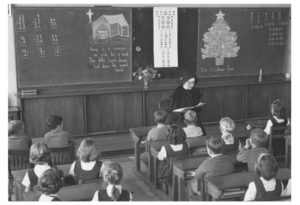
The founding and early sisters displayed a spirit of courageous generosity, fidelity and strength. They frequently faced hardship, loneliness and uncertainty, especially during the time of the separation. Their legacy extended down the years into future generations of Sisters of Saint Joseph who opened dozens more schools and convents in rural towns and working-class suburbs across NSW, Tasmania and New Zealand with little material support. They set out to educate poor catholic children, according to the methods and standards of the day.
In response to the directives of the Second Vatican Council (1962-1965) to return to the founding charism of their Congregation and to make a preferential option for the poor, the Perthville Sisters revised the Rule, updated outmoded customs and initiated a deeper understanding of their vowed religious life.
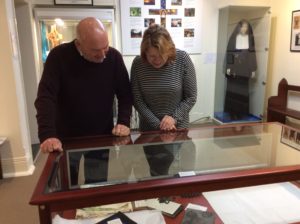
A total of 426 women joined the Perthville Congregation over 142 years until the sisters fused with the Sisters of Saint Joseph of the Sacred Heart in 2014. These women answered and remained committed to God’s call to be Sisters of Saint Joseph whose spirit was that of poverty and hospitality, living and working in isolated Australian conditions. The sisters continually undertook new ventures that answered expressed needs. They seized the moment, rolled up their sleeves and made things work, irrespective of difficulties, hardship or the risk of failure. They met the moment – be it teaching a class, fording a river in PNG, pastoral work in parishes, prisons and aged care facilities, ministry to refugees and youth or a thousand other challenges.
The story of the Perthville Josephite sisters from their foundation on 16 July 1872 until their fusion with the Sisters of Saint Joseph of the Sacred Heart on 19 March 2014 is creatively told in the Heritage Centre at Perthville which houses items deemed to be of national significance.
Therese McGarry rsj
Photos courtesy of Sr Therese McGarry. Used with permission.
Refugee Week Awareness Raising
July 10, 2019Recently, students at Sacred Heart College, New Town (Tasmania) and Mount St Joseph, Milperra (New South Wales) celebrated Refugee Week 2019.
See below how the students celebrated…
Sacred Heart College
The student leaders at Sacred Heart College were very proud of their work in organising the school’s Refugee Week assembly. They were inspired by messages from JJAMM.
It was one of the most powerful assemblies the students and teachers ever experienced whereby the student leaders arranged students in Year 4 to draw their journey to Australia, and then they had the courage to speak about their story using their picture to refer to.
The ‘Dots’ story was also enacted.
View the story pictures and the ‘Dots’ story provided below:
Sacred Heart College Refugee Week PowerPoint (PDF)
Mount St Joseph
The Mount St Joseph community showed their support for Refugee Week by creating a large banner for the students to place their hand print and name to rally against government policy that enforces the detention of people seeking asylum. Throughout the week videos of refugee people telling their stories were played on the school noticeboard.
The next task for the students is to sign a petition to take to their local Member of Parliament and bring the banner they created. The celebration was a great success!
You’re invited to view photos of the celebration below:
PowerPoint presentation (PDF) provided by Sacred Heart College, New Town. Used with permission.
Photos provided by Mount St Joseph, Milperra. Used with permission.
Commemorating World Environment Day
July 9, 2019Recently, students at St Joseph’s Catholic High School, Albion Park (New South Wales), St Mary MacKillop College, Swan Hill (Victoria) and Mary MacKillop College, Nundah (Queensland) commemorated World Environment Day 2019.
You’re invited to view the initiatives the students completed below…
St Joseph’s Catholic High School, Albion Park
The St Joseph’s community participated in a bake-off on World Environment Day to raise awareness of environmental issues currently facing our young people. Students and teachers baked cakes, slices and cupcakes, many of which had an “enviro” theme. Some staff even considered how sustainable their baking products were, trying to use Fair Trade and environmentally friendly products where possible.
Students were also able to enter the Waste-Free Lunchbox competition, limiting their consumption of single use plastic and trying to contribute to the environment in a more positive way.
Local groups donated prizes for the Waste-Free Lunchbox competition, and all money raised from the bake-off went back to our War on Waste group here at school to put towards environmental initiatives around the school.
View photos from the day in the gallery below:
St Mary MacKillop College, Swan Hill
On Wednesday, 5 June 2019, staff and students joined together to raise awareness of the need to care for creation. A whole school clean up occurred at the end of lunch. The environment committee also sold green ribbons to raise funds for the ‘Friends of the Earth’ – a social and environmental justice organisation. Around $100 was raised.
View photos from the day in the gallery below:
Mary MacKillop College, Nundah
For World Environment Day, College Captains Grace and Aoife rallied the school community to stage a protest hoping to draw attention to our climate crisis
You are invited to view their protest video below:
Photos provided by St Joseph’s Catholic High School and St Mary MacKillop College. Video provided by Mary MacKillop College. Used with permission.
A Communion of Companions
July 8, 2019Mary and the men on the founding Monogram: A Communion of Companions

In May this year, Sr Marie Foale wrote on the founding Josephite Rule written by Fr Julian Tenison Woods in October 1867 (First steps towards the Foundation of the Order). This Rule, lived by Mother Mary and her early companions, was signed by Bishop Shiel and approved for use in his Diocese of Adelaide on 17 December, 1868.
The following segment from Chapter Three of the Rule not only instructs sisters on the distinctive monogram to be worn on their habit, but it also holds the key to a spirituality of ‘companionship’ that Julian was keen to promote with Mary amongst the early sisters.
Click here to continue reading
Mary and the men on the founding Monogram: A Communion of Companions (PDF)
Virginia Bourke rsj
Year of Indigenous Languages: Portugese and Vietnamese
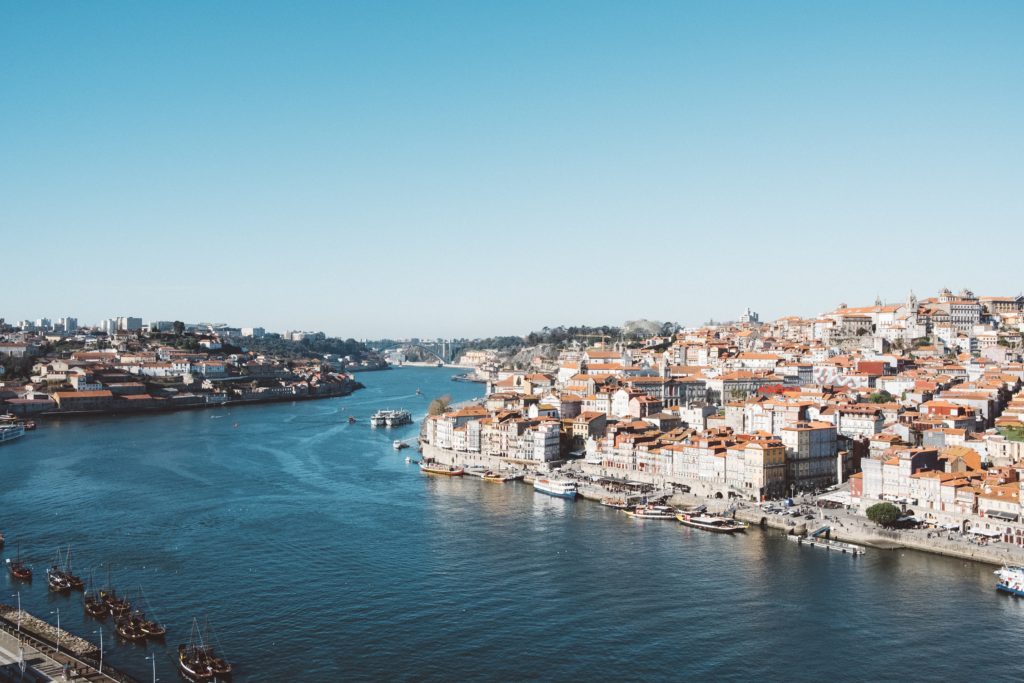
The United Nations has declared 2019 as the International Year of Indigenous Languages. To celebrate, for each month this year, you’re invited to view greetings for different languages.
For July, we feature the languages Portugese and Vietnamese.

